Viruses have been persistent threats to human health throughout history, causing a spectrum of diseases ranging from mild illnesses to severe, life-threatening conditions. Understanding these viruses is paramount for developing effective prevention and treatment strategies. Here, we embark on a journey to explore 12 of the most dangerous viruses worldwide, unraveling their origins, modes of transmission, symptoms, and impact on public health.
Junin Virus 1
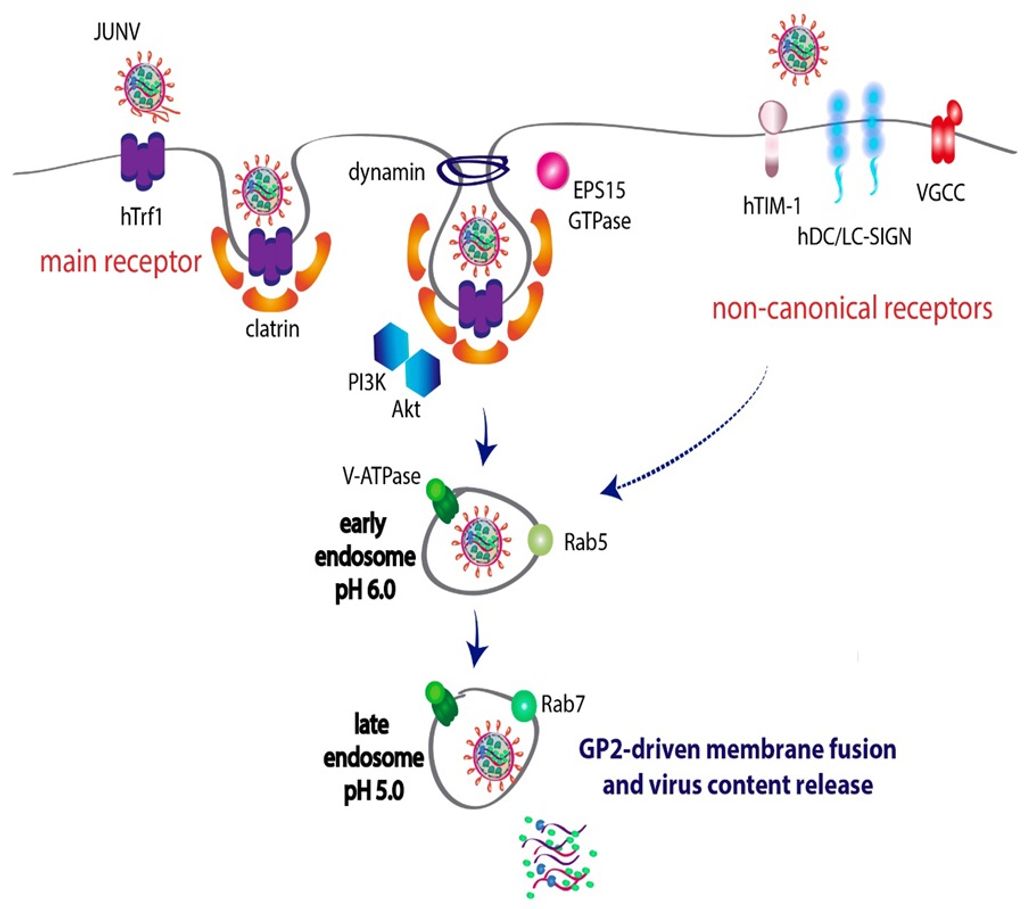
Origin:
The Junin virus, which causes Argentine hemorrhagic fever, is believed to have originated in rodents such as the Calomys musculinus, found in Argentina’s Pampas region. The virus is transmitted to humans through contact with the manure of infected rodents or by inhaling aerosols contaminated with the virus.
Symptoms:
Symptoms include fever, malaise, muscle aches, headache, and gastrointestinal symptoms such as vomiting and diarrhea. As the disease progresses, it can lead to hemorrhagic manifestations such as bleeding from the gums, nose, and gastrointestinal tract, as well as neurological symptoms such as confusion and seizures.
Impact:
The impact of Argentine hemorrhagic fever on public health is significant, particularly in areas where the virus is endemic. Outbreaks of the disease have been reported in several provinces of Argentina, with a mortality rate ranging from 5% to 30%, depending on the severity of the outbreak. No specific treatment or vaccine is available for the Junin virus.
Lassa Virus 1
Origin:
Lassa virus is believed to have originated in Nigeria and is primarily spread through contact with contaminated rodents. The virus can also be transmitted from person to person through bodily fluids and has an incubation period of 1-3 weeks.
Symptoms:
Symptoms of Lassa fever include fever, headache, muscle aches, nausea, vomiting, and diarrhea. In severe cases, Lassa fever can cause hemorrhagic fever, encephalitis, and death.
Impact:
Given the endemic nature of the Lassa virus in western Africa, it remains a persistent public health concern. Outbreaks of Lassa fever occur periodically, and the virus has the potential to cause significant morbidity and mortality. As a result, efforts to develop effective treatments and vaccines for Lassa fever are ongoing.
Crimean-Congo Hemorrhagic Fever Virus 1
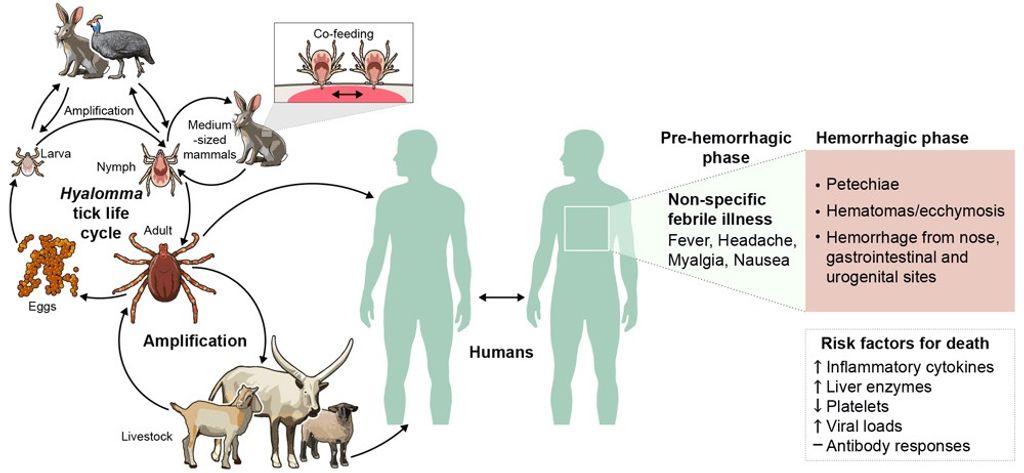
Origin:
The Crimean-Congo hemorrhagic fever virus (CCHFV) was first identified in Crimea in 1944 but has since been reported in many countries in Africa, Asia, and Europe. The virus is transmitted mainly through the bite of infected ticks, but it can also be spread through close contact with blood, secretions, or other bodily fluids of infected people or animals.
Symptoms:
The symptoms of CCHFV infection usually appear within 2-10 days after exposure and include fever, headache, muscle aches, dizziness, neck pain, back pain, and stomach pain. As the disease progresses, patients may experience vomiting, diarrhea, and bleeding from the nose, mouth, and other organs.
Impact:
CCHFV is a serious public health concern in rural areas where people are more likely to contact infected ticks and livestock animals. The disease can have a significant impact on public health, leading to hospitalization and death in severe cases. Early detection and prompt treatment are critical for improving patient outcomes and preventing further spread of the virus.
Machupo Virus 1

Origin:
The Machupo virus was first identified in Bolivia in 1959. It is primarily transmitted to humans through contact with infected rodents’ saliva, urine, or feces, such as the vesper mouse. Human-to-human transmission of the virus is rare.
Symptoms:
The symptoms of Bolivian hemorrhagic fever typically begin with a sudden onset of fever, headache, muscle aches, and vomiting. As the illness progresses, patients may develop bleeding from the gums, nose, and other mucous membranes, as well as internal bleeding. In severe cases, the virus can lead to shock, organ failure, and death.
Impact:
Due to the severity of the illness and lack of specific antiviral treatments, Bolivian hemorrhagic fever is considered a public health concern. However, disease outbreaks remain rare and are typically limited to particular geographic regions of Bolivia. Public health officials continue to monitor for potential outbreaks and work to prevent the spread of the virus through rodent control measures and public education campaigns.
Marburg Virus 1,2

Origin:
The Marburg virus is believed to have originated from African fruit bats. It can be transmitted to humans through direct contact with bodily fluids or infected animals such as monkeys and apes. The virus can also be transmitted from person to person through direct contact with bodily fluids.
Symptoms:
Symptoms of Marburg virus disease include fever, chills, headache, muscle aches, and a rash. As the disease progresses, it can cause severe bleeding and organ failure, leading to death in up to 90% of cases.
Impact:
The impact of the Marburg virus disease on public health is significant, as outbreaks can quickly spread and result in high mortality rates. As there is currently no effective treatment for the disease, prevention measures such as quarantine and isolation of infected individuals are crucial in controlling the spread of the virus.
Ebola Virus 1,2

Origin:
The Ebola virus was first identified in 1976 in Congo. It is believed to have originated in fruit bats and can be transmitted to humans through contact with infected animals or their bodily fluids. The virus can be spread through direct contact with bodily fluids or surfaces contaminated with infected fluids.
Symptoms:
Symptoms include fever, headache, muscle pain, weakness, diarrhea, vomiting, and bleeding. They can show up 2-21 days after exposure. The disease can progress rapidly, leading to severe internal bleeding and organ failure.
Impact:
Ebola outbreaks severely affect public health, including high mortality rates, economic losses, and travel restrictions. Early treatment and supportive care are critical for survival.
Hantavirus 1,2
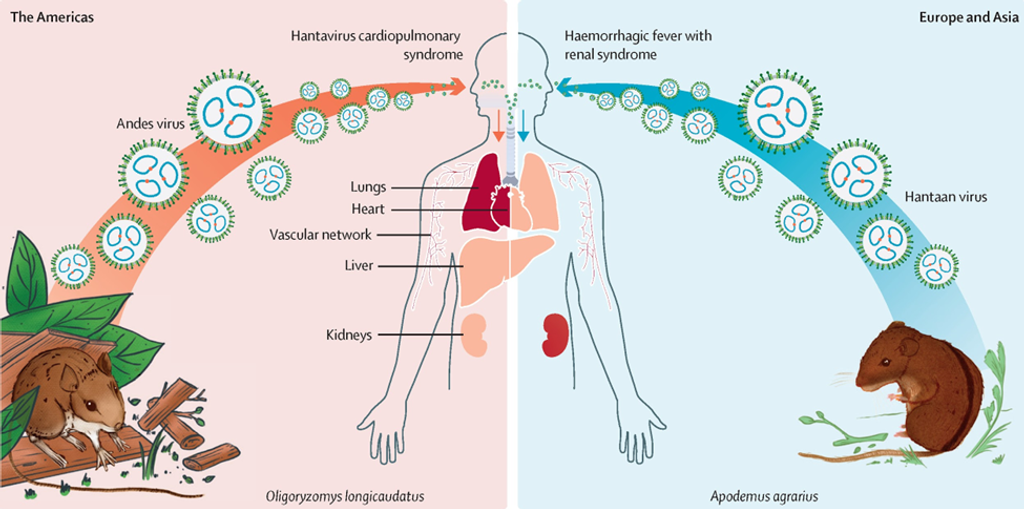
Origin:
Hantavirus pulmonary syndrome (HPS) is a respiratory illness caused by the Hantavirus. It spreads through contact with infected rodents’ urine, droppings, or saliva, especially the deer mouse. Breathing in contaminated air can infect people.
Symptoms:
HPS symptoms include fatigue, fever, muscle aches, headaches, dizziness, chills, and abdominal problems. Coughing and shortness of breath can quickly become severe. HPS can be fatal, with a 38% mortality rate.
Impact:
HPS is a severe illness that poses a significant risk to public health. It is relatively rare, with only 30 to 50 cases reported annually in the US, mostly in rural areas where people come into contact with infected rodents. To prevent HPS, control rodent populations by sealing holes, storing food in rodent-proof containers, and disposing of trash properly. Seek medical attention immediately if you suspect contact with rodents or have HPS symptoms.
Bird Flu Virus 1
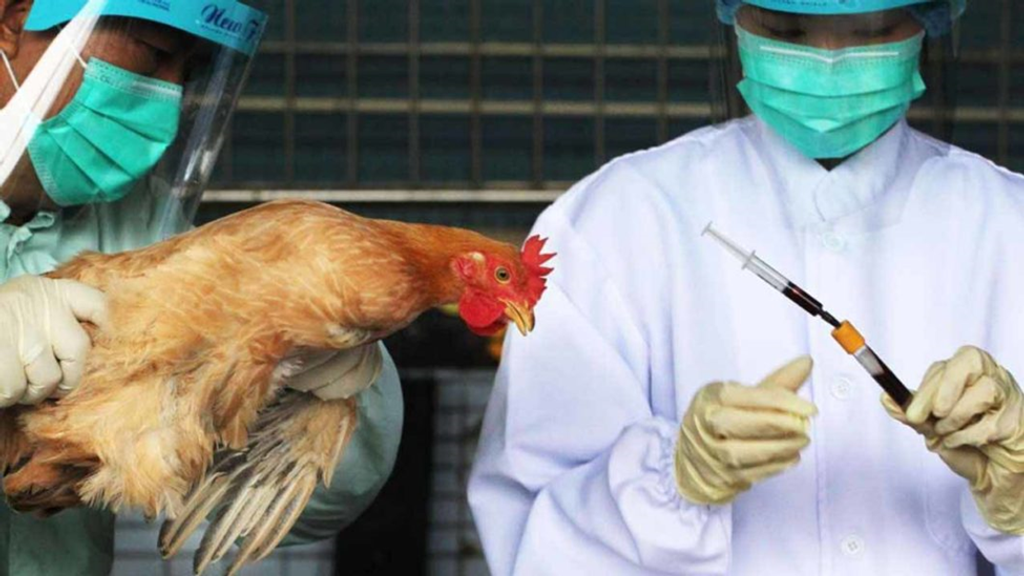
Origin:
Avian influenza strains, such as H5N1, are primarily found in wild birds and domestic poultry. These strains can be transmitted to humans through contact with infected birds or contaminated surfaces.
Symptoms:
The symptoms of avian influenza in humans can range from mild to severe, including fever, cough, sore throat, and respiratory distress. In severe cases, the infection can lead to pneumonia and even death.
Impact:
Avian influenza strains have a high mortality rate and can be transmitted from human to human. The H5N1 outbreak in 1997 caused 18 human cases and six deaths. Early detection and rapid response are crucial for preventing its spread and protecting public health.
Dengue Fever 1,2
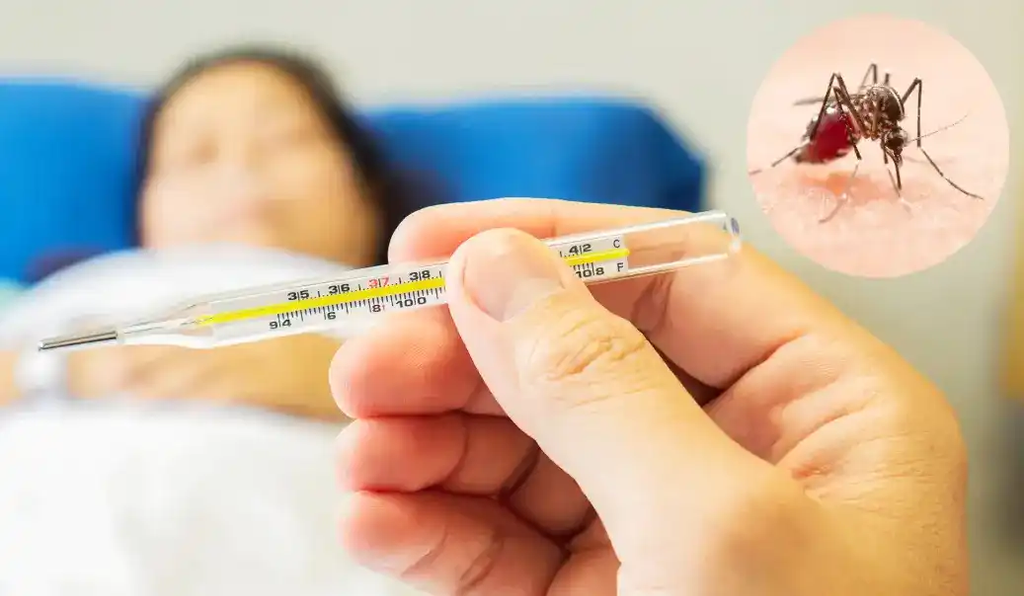
Origin:
The dengue virus is transmitted by infected Aedes mosquitoes in tropical and subtropical regions worldwide.
Symptoms:
Dengue can cause mild to severe flu-like illnesses, including high fever, headache, muscle pain, and joint pain. Severe dengue can lead to bleeding, shock, and organ failure.
Impact:
Dengue fever is a major public health concern affecting around 40% of the world’s population, with an estimated 390 million infections annually. It is more common in urban areas where mosquitoes thrive. The best way to prevent dengue fever is by controlling the mosquito vector and reducing exposure to mosquito bites. Vaccines have been developed that help reduce disease severity and prevent hospitalizations and deaths.
Rotavirus 2

Origin:
Rotavirus is highly contagious and can spread through contact with contaminated fecal matter or respiratory secretions. It is most common in children under 5 years old.
Symptoms:
Rotavirus symptoms include severe diarrhea, vomiting, fever, dehydration, and abdominal pain. They usually last for several days and can vary from person to person.
Impact:
Rotavirus is a major health concern, especially in low-resource settings with limited access to clean water and sanitation. Vaccination has helped reduce its impact, but access to vaccines remains challenging. Improved sanitation and hygiene practices can also help prevent its spread.
SARS-CoV 2
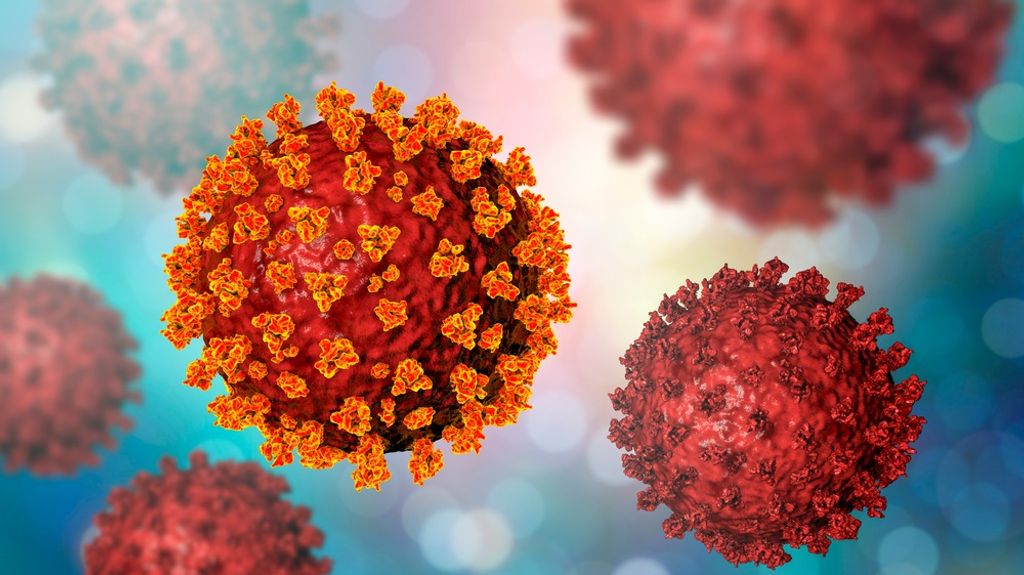
Origin:
SARS emerged from bats in China’s Yunnan province and spread to civet cats sold in animal markets. It then infected humans, causing a global outbreak in 2003. The virus is highly contagious and spreads through respiratory droplets or touching contaminated surfaces.
Symptoms:
SARS symptoms include fever, cough, and shortness of breath. In severe cases, it can lead to pneumonia, respiratory failure, and death. The incubation period for SARS is typically 2 to 7 days, but it can be as long as 10 days.
Impact:
The SARS outbreak in 2003 infected over 8,000 people and caused over 700 deaths. It caused panic and significant economic damage, highlighting the need for global cooperation and preparedness to prevent future outbreaks of emerging infectious diseases.
MERS-CoV 2
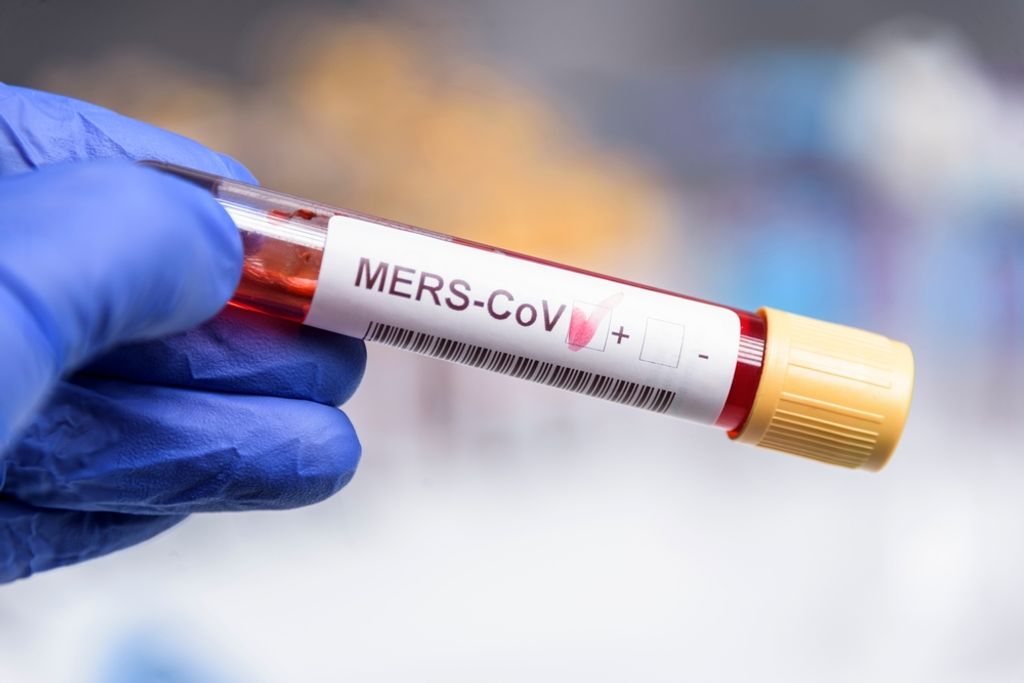
Origin:
Middle East respiratory syndrome (MERS) was first identified in Saudi Arabia in 2012. The virus is believed to have originated in bats, which infected camels, which then transmitted the virus to humans.
Symptoms:
The symptoms of MERS can range from mild to severe and can include fever, cough, shortness of breath, and pneumonia.
Impact:
MERS is a dangerous disease with no vaccine or specific treatment available. Prevention efforts include early detection of cases, infection control measures, and public education campaigns. Ongoing research is being conducted to develop effective therapies and vaccines.
The World’s Most Dangerous Viruses: Conclusion 1,2
Navigating the diverse landscape of viral threats requires a multi-faceted approach encompassing surveillance, vaccination, vector control, and public health preparedness. By understanding the origins, transmission dynamics, and impact of these viruses, we can better equip ourselves to combat existing and emerging infectious diseases, safeguarding global health and well-being.
References
- Welle D. Top 10 most dangerous viruses in the world [Internet]. Frontline. 2024 [cited 2024 Mar 6]. Available from: https://frontline.thehindu.com/news/top-10-most-dangerous-viruses-in-the-world-covid-ebola-dengue-fever-bird-flu/article67891260.ece
- Harding A. The 9 Deadliest Viruses on Earth [Internet]. livescience.com. Live Science; 2016. Available from: https://www.livescience.com/56598-deadliest-viruses-on-earth.html
About Docquity
If you need more confidence and insights to boost careers in healthcare, expanding the network to other healthcare professionals to practice peer-to-peer learning might be the answer. One way to do it is by joining a social platform for healthcare professionals, such as Docquity.
Docquity is an AI-based state-of-the-art private & secure continual learning network of verified doctors, bringing you real-time knowledge from thousands of doctors worldwide. Today, Docquity has over 400,000 doctors spread across six countries in Asia. Meet experts and trusted peers across Asia where you can safely discuss clinical cases, get up-to-date insights from webinars and research journals, and earn CME/CPD credits through certified courses from Docquity Academy. All with the ease of a mobile app available on Android & iOS platforms!







